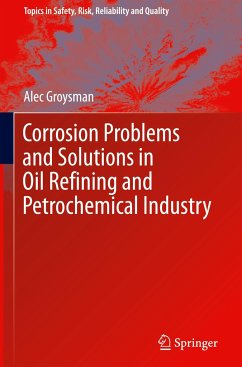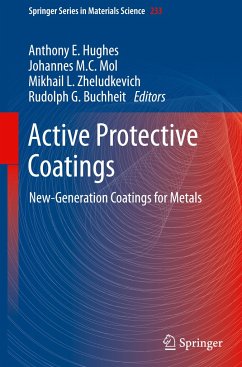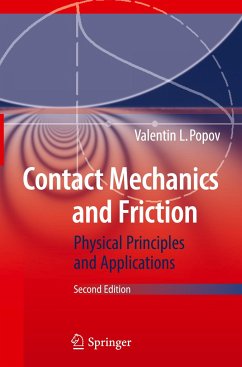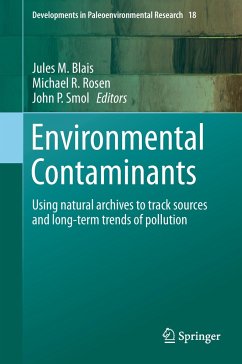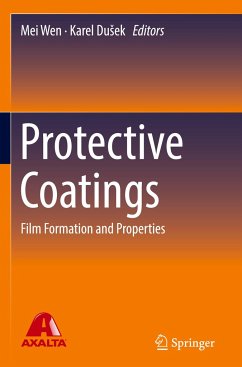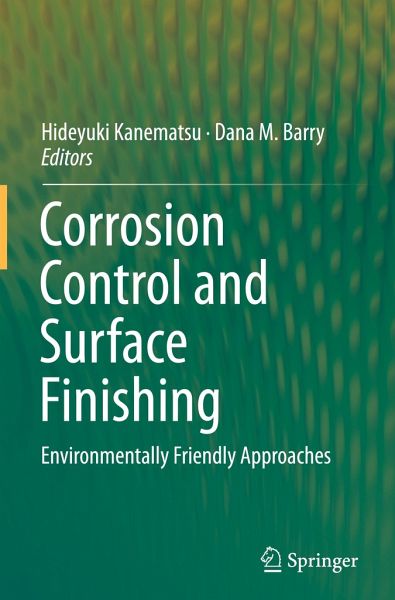
Corrosion Control and Surface Finishing
Environmentally Friendly Approaches
Herausgegeben: Kanematsu, Hideyuki; Barry, Dana M

PAYBACK Punkte
57 °P sammeln!
This book deals with the surface finishing for corrosion prevention fromthe viewpoint of environmental friendliness. Surface finishing for metallic materialsor by metallic materials has excellent corrosion resistance, wear resistance andgood color tones, which have been useful for practical applications so far. However,environmental friendliness and user friendliness have become important factors forpractical use since the turn of the century. Surface Finishing Industries are nowfacing a serious crossroad to continue sustainable developments in the future. Sadly,the concept of environmental fr...
This book deals with the surface finishing for corrosion prevention fromthe viewpoint of environmental friendliness. Surface finishing for metallic materialsor by metallic materials has excellent corrosion resistance, wear resistance andgood color tones, which have been useful for practical applications so far. However,environmental friendliness and user friendliness have become important factors forpractical use since the turn of the century. Surface Finishing Industries are nowfacing a serious crossroad to continue sustainable developments in the future. Sadly,the concept of environmental friendliness is very new, because from the beginningof this discipline (surface finishing), not many people considered the environmentaleffects so seriously, but sought mainly for the functions, performance, characteristics,and economic profits. Since the biological evaluation processes are very advancedand still debated, this book is very unique and advanced. This book aims to letuniversity students know and learn the concept of environmental friendliness andits relation to surface treatment products based on the fundamental knowledge aboutconventional corrosion control and surface finishing. The textbook will be usedmost effectively with subjects such as surface science, surface engineering, mechanicalmaterials, etc. for those studying mechanical engineering, materials engineeringand chemical engineering. It is also applicable to practical engineers and researchersin the industrial world as well as the academic one. Throughout this book, readerslearn and appreciate the environmentally friendly approaches that are presentedfor corrosion control and surface finishing.




